Steps to fix dead spots on the screen
Fix the dead spot on the screen yourself! This, if done carefully, won't get in the way of your warranty, can save you a lot of time and reduce unnecessary anxiety. So, let's see how you can fix dead spots on your screen through the following article!
How to fix dead/stuck pixels on the screen
Unfortunately, you cannot fix a dead pixel. However, you can fix a stuck pixel. As the article explained above, it is difficult to distinguish the two. Either way, here are the methods you can try:
Step 1. First, identify dead or stuck pixels by viewing your monitor in different color palettes.
Step 2. To fix a stuck or dead pixel, use a third-party tool to flash the pixel with multiple colors. The article recommends UDPixel (Windows) or LCD (online).
Step 3. Finally, you can try a manual method that involves rubbing the stuck pixel with a damp cloth or a pointed but soft object, like a rubber/eraser on the tip of a pencil.
Let's look at these methods and tools in detail.
1. JScreenFix (Web)
JScreenFix won't help you find a stuck pixel, but it can help you fix it. Just click the Launch JScreenFix button at the bottom of the page.
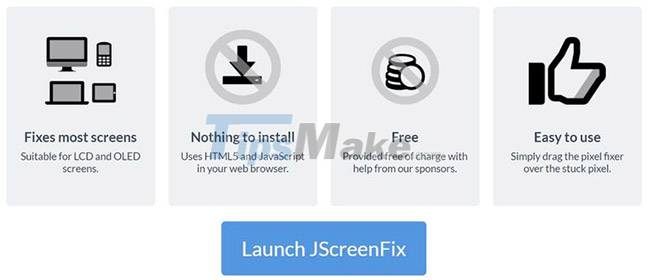 Steps to fix dead spots on the screen Picture 1
Steps to fix dead spots on the screen Picture 1
The tool will load a black browser window with a square of blinking pixels. Tap the green button at the bottom right to go full screen. Drag the flashing square to where you found the stuck pixel and leave it there for at least 10 minutes.
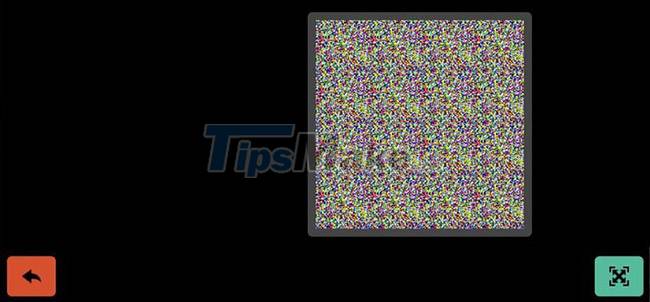 Steps to fix dead spots on the screen Picture 2
Steps to fix dead spots on the screen Picture 2
2. UDPixel (Windows)
Download UDPixel Link here
UDPixel, also known as UndeadPixel, is a Windows tool. It can help you identify and correct pixels with a single tool. The program requires Microsoft .NET Framework. If you don't use Windows or don't want to install any software, scroll down to see the online tools below.
With the Dead pixel locator tool on the left, you can easily spot any anomalies on the screen that have escaped your view so far.
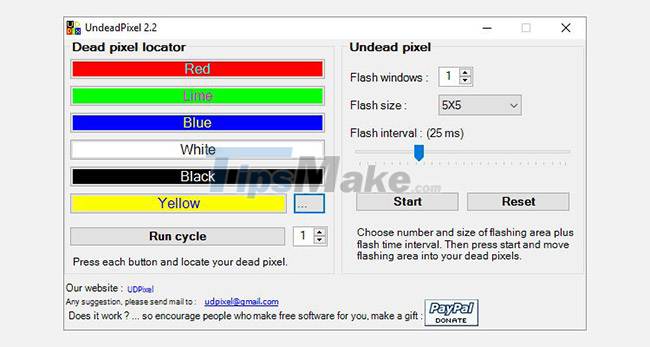 Steps to fix dead spots on the screen Picture 3
Steps to fix dead spots on the screen Picture 3
If you detect a suspicious pixel, switch to the Undead pixel side , create a sufficient number of flash windows (one window for each stuck pixel) and press Start . You can drag the little blinking windows to where you find the weird pixels.
Let them run for a while and finally change the Flash interval.
3. PixelHealer (Windows)
Aureltec built this Windows application as a companion to the InjuredPixels tool to detect dead, stuck or hot pixels.
PixelHealer allows you to flash a combination of black, white, all primary colors, and custom colors in a draggable window with a custom size. You can even change the flash interval and set a timer to automatically close the app.
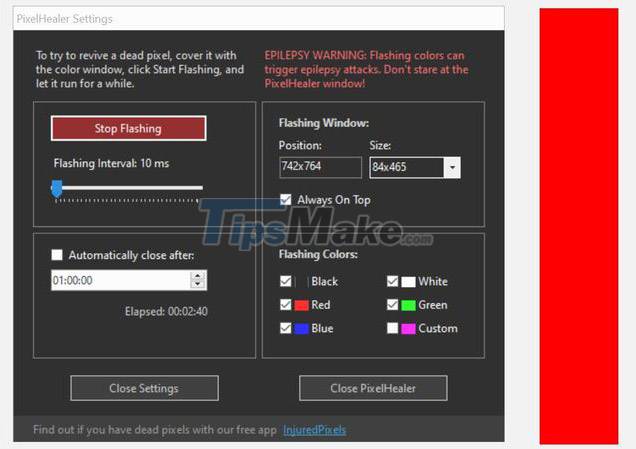 Steps to fix dead spots on the screen Picture 4
Steps to fix dead spots on the screen Picture 4
To close the app, click the Close PixelHealer button at the bottom right.
4. Dead Pixel Test and Fix (Android)
This Android tool can both check and fix dead or stuck pixels on your Android device. Download Dead Pixels Test and Fix here
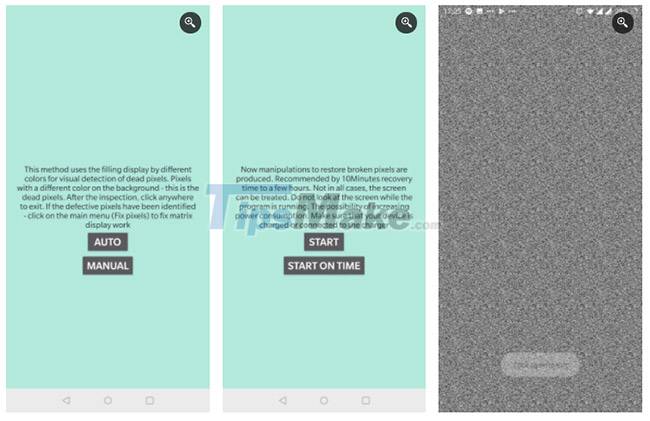 Steps to fix dead spots on the screen Picture 5
Steps to fix dead spots on the screen Picture 5
Let it run through all the colors in Auto mode to detect if you have any weird pixels on the screen. If so, start fixing it, which will quickly flash the entire screen with black, white, and primary color pixels.
5. Manually fix stuck pixels
If none of these tools solve your stuck or dead pixel problem, this is a last chance. You can combine any of the tools listed above and the magic power of your own hands.
Try the steps below:
Step 1. Turn off the screen.
Step 2. Take a damp cloth so as not to scratch the screen.
Step 3. Press firmly on the area where the pixel is stuck. Try not to apply pressure anywhere else, as this can create more stuck pixels.
Step 4. While pressing hard, turn on the computer and monitor.
Step 5. Stop pressing and the stuck pixel will disappear.
This works because, in a stuck pixel, the fluid in one or more of its subpixels does not spread equally. When the screen's backlight is on, different amounts of liquid pass through the pixel to produce different colors. When you apply pressure, you are squeezing the fluid out, and when you stop pressing, the liquid will most likely push in, spreading around in a uniform manner as usual.
You should read it
- How to detect dead spots on the Desktop screen
- Handle scratches and dead spots on laptop screen
- Dead spots on the laptop screen
- Standard screen test image
- Instructions for replacing a broken laptop screen
- Liquid crystal computer screen protection
- How to check dead pixels on the computer screen, laptop
- Common 'diseases' with laptop screens
- Top 5 laptop screen testing software
- How does India bring the dead dead to life next month?
- Dead Island 2: How to get the key to the security guard's safe
- How to quickly check the laptop screen for any damaged pixels?


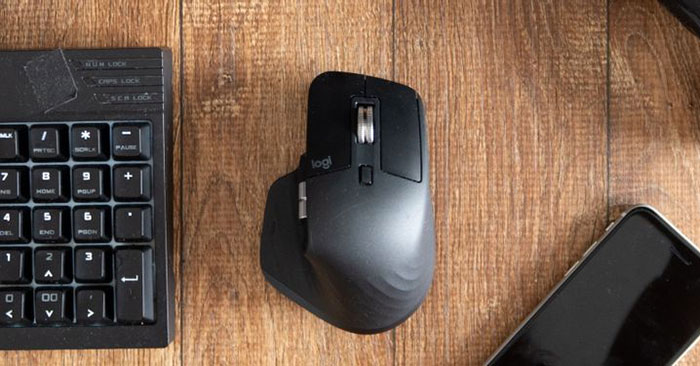



 How to detect dead spots on the Desktop screen
How to detect dead spots on the Desktop screen Dead spots on the laptop screen
Dead spots on the laptop screen Handle scratches and dead spots on laptop screen
Handle scratches and dead spots on laptop screen How to check and detect dead spots on Desktop
How to check and detect dead spots on Desktop Instructions for replacing a broken laptop screen
Instructions for replacing a broken laptop screen Liquid crystal computer screen protection
Liquid crystal computer screen protection